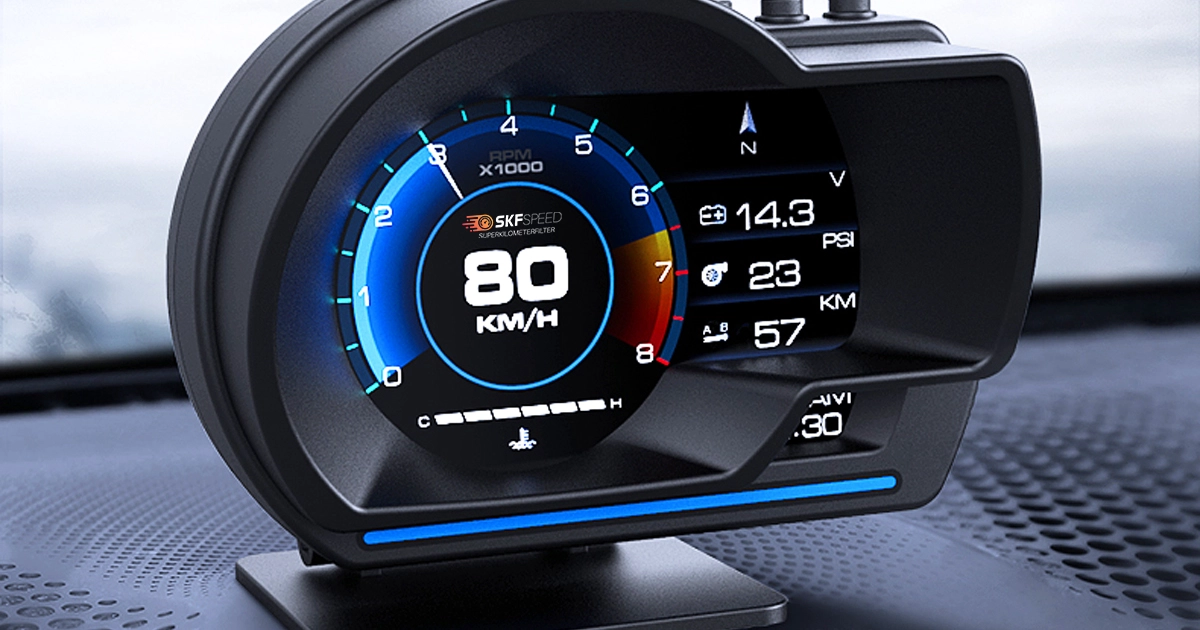
Mileage reimbursement is a common practice in many modern businesses. It compensates employees for using their automobiles for work-related activities. This agreement ensures that the automobile owners receive rightful compensation. However, the specifics of the coverage and how you receive payments remain unclear. There are essential components that might confuse a lot of customers and create false expectations. In this blog, we will cover the reimbursement procedure in detail and provide you with all of the necessary details and tips.
Mileage reimbursement is an important part of employee compensation. This financial system was created to reward employees who use personal vehicles for work-related activities. It’s critical to separate mileage reimbursement from standard salary raises or performance bonuses. So, what does mileage reimbursement cover, and what benefit do you get? It serves as a targeted reimbursement method to cover travel expenditures spent for work.
The Internal Revenue Service (IRS) has a significant function in standardizing mileage reimbursement across the United States. Annually, the IRS publishes an official mileage rate that acts as an initial guide for businesses across the country. For example, for the fiscal year 2024, the IRS reimbursement rate has been 67 cents per mile. This figure includes all of the costs connected with operating a vehicle for business, including gasoline, vehicle depreciation, insurance, and maintenance fees.
Organizations that follow this rate maintain fair and consistent reimbursement policies. This also reduces the administrative processes in managing employee travel expenditures. In the modern business setting, this strategy encourages transparency and equal treatment in spending management, which benefits both employers and employees.
Mileage reimbursement covers various types of vehicle expenses, such as fuel costs, insurance premiums, vehicle depreciation expenses, tire wear and tear, repairs, and general maintenance costs. These reimbursement amounts, types, and conditions vary based on the employer and their location. To clarify what it includes, let’s take a look at all the major aspects that it covers. The modern mileage reimbursement system includes the following aspects:
Let’s see what mileage reimbursement includes:

Calculating business mileage reimbursement is straightforward. You need two simple steps to calculate the exact amount. Hence, you need to follow these steps:
Step 1. Track your business miles.
Step 2: Multiply the number of miles by the reimbursement rate.
Let’s see how it works based on the example. First, you need to know how many miles you have covered. Imagine you drove 80 miles for work this week. Then, you need the reimbursement rate. The current reimbursement rate is 67 cents per mile. To calculate the mileage reimbursement amount, you need to multiply the miles by the rate. So, the reimbursement would be 100 miles x $0.67 = $67.
Companies often use mileage-tracking apps to speed up and simplify the process. These apps can instantly track your mileage and simultaneously calculate your mileage reimbursement.
Many firms allow workers to choose between mileage reimbursement and real expenditure reimbursement. This flexibility allows you to choose the approach that best matches your circumstances. Let’s analyze the main differences and benefits of each strategy.
Actual expenses require precise documentation. This complex method includes gasoline costs, maintenance fees, insurance rates, and even depreciation. The company (employer) then reimburses you for the portion of the expenses that are directly linked to business use.
For instance, if your work-related driving is 40% of your total vehicle usage, the company would reimburse you for 40% of documented vehicle expenses.
Actual expenditure reimbursement may be helpful for several scenarios:
While this approach might have prospective financial benefits, it needs careful tracking and an extensive understanding of car expenditures. Employees must balance the possible rewards with the necessary administrative effort.
Mileage reimbursement and tax requirements typically cross in a variety of ways. A solid understanding of them will allow you to save money and prevent difficulties with tax processes.
First, let’s clarify a frequent misconception: correctly handled mileage reimbursements are not taxable income. If your company compensates you at or below the IRS standard rate (67 cents per mile), and you keep accurate records of your business travels, you’re fine. This money will not appear on your W-2. Therefore, you are not obligated to report it.
But what happens if your firm is really generous? If they repay more than the IRS rate, the surplus is taxable income. For instance, if you are refunded 75 cents per mile, the additional 8 cents every mile will be reported on your W-2 as taxable income.
In addition, self-employed individuals are in a different situation. They can deduct mileage charges straight on their tax forms, which might result in large tax reductions. However, they must choose between the regular mileage rate and actual costs for the year; no mixing and matching is permitted.
Here’s a useful tip: always keep accurate records. The IRS enjoys paperwork. A comprehensive mileage record may turn into your greatest friend if you ever get inspected. You can also install a mileage monitoring tool to streamline the process and verify accuracy. Remember that tax regulations change regularly. So, always stay informed and check with a tax professional to maximize your advantages while minimizing your tax liability.
To sum up, here are the scenarios when the mileage reimbursement is not taxable:
The following tips can help you significantly boost your mileage reimbursement and, hence, your financial resources.

The Mileage Blocker is a device that stops the mileage recording process. It was designed for automotive testing and allows experts to optimize autos without raising miles traveled. The mileage blocker has numerous unique features that make it the most desirable gadget on the market.
The mileage blocker has been created exclusively for legal and ethical objectives. Nobody should use this gadget to avoid local legislation.
You must use it in a regulated setting. The item is accessible on the Super Kilometer Filter website and can be purchased right now. For further information, please contact the customer care and support staff.
Mileage reimbursement is the practice of compensating employees who deploy personal vehicles for their jobs. It includes several automobile aspects, such as fuel, depreciation, maintenance, and insurance. The reimbursement rates change annually, and the IRS regulates the issue. Hence, you need to check the correct rate for compensation every year.





Here you will find all the details about our company
Here you will find shipping and return related information
Here you will find information on all technical questions
Here you will find helpful information about installation